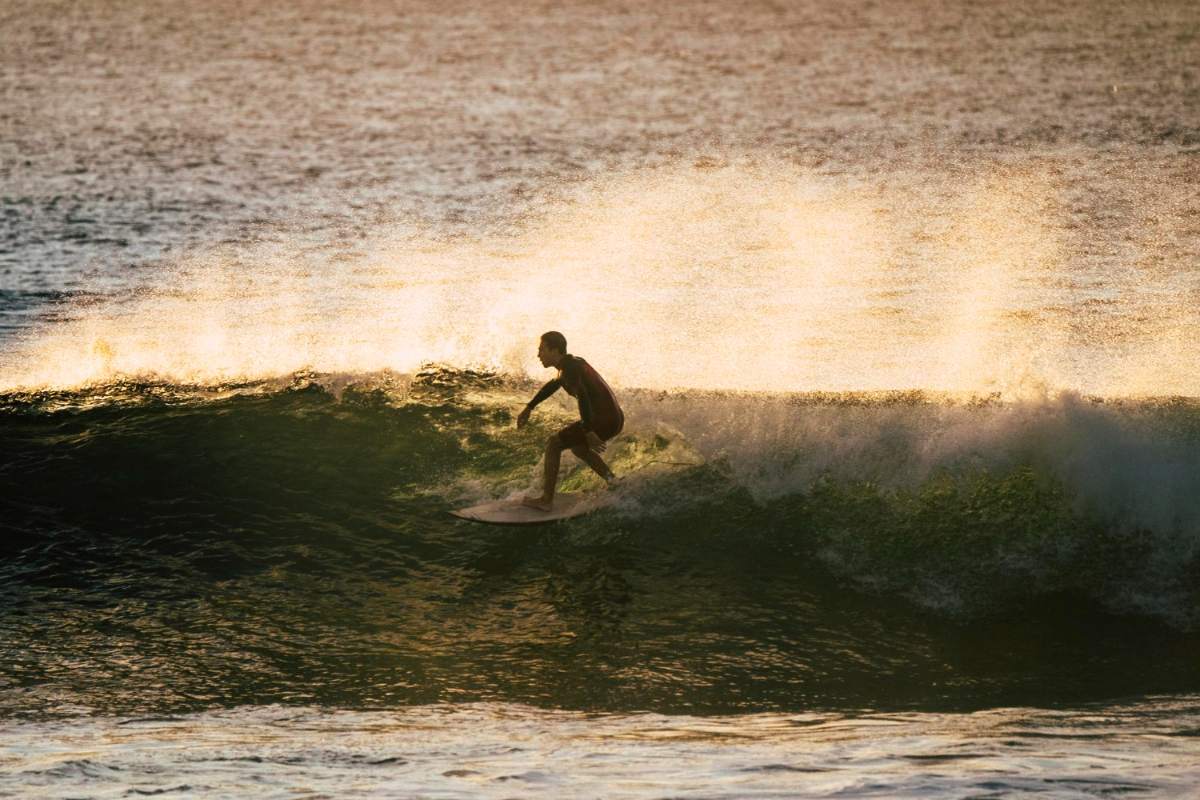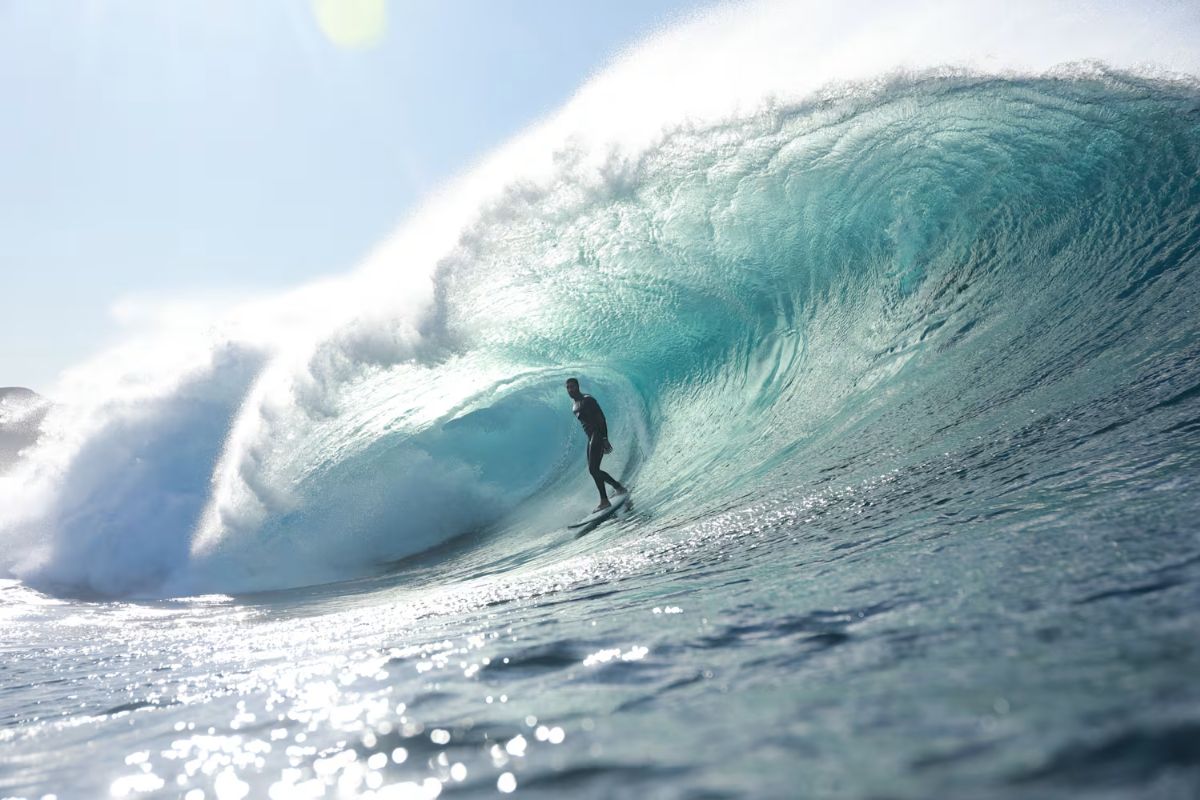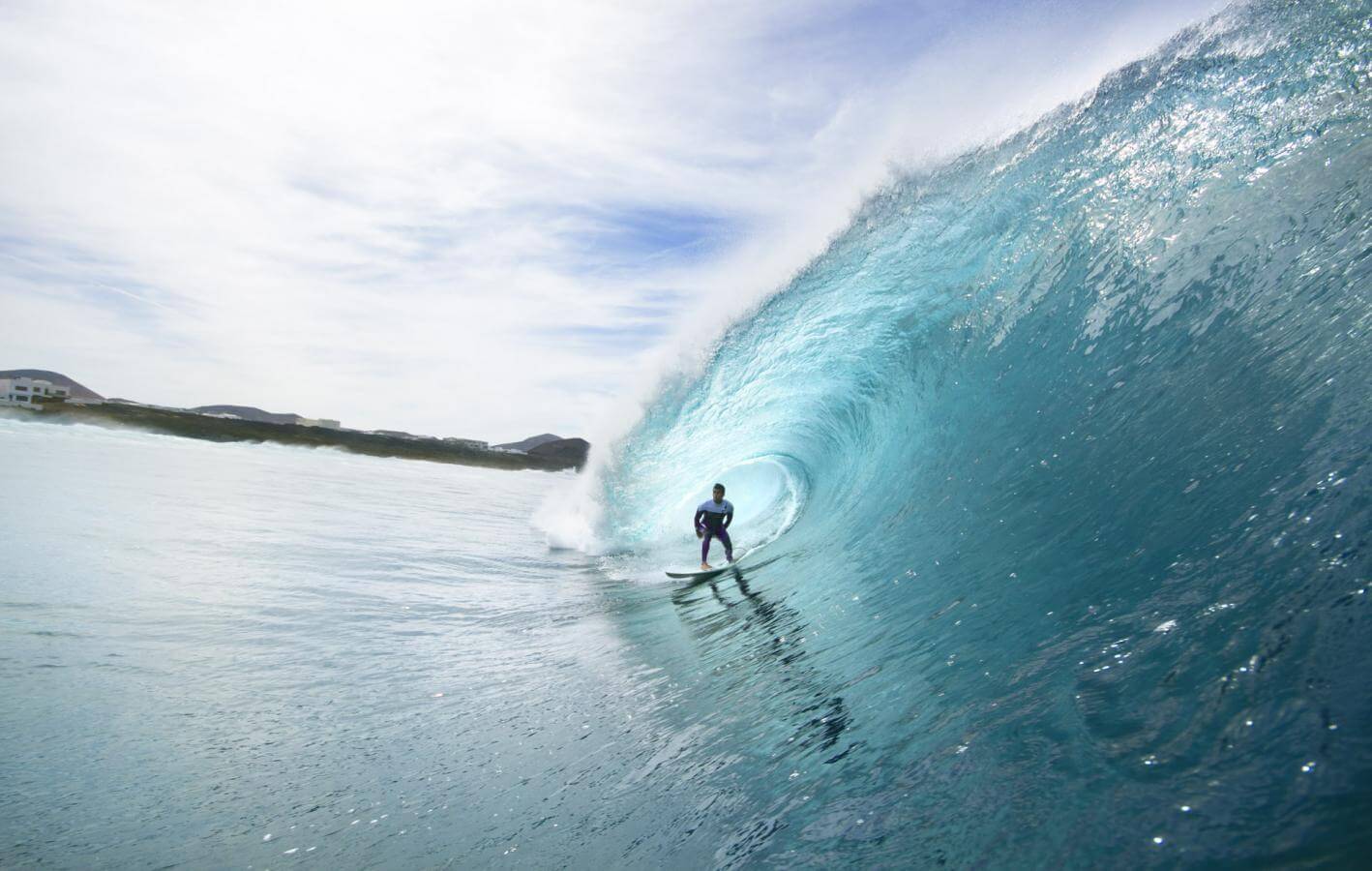How to measure the height of a wave

You probably want to know how to measure the height of a wave. Let’s see some of the possibilities we have to do it.
How do you measure the height of a wave?
Knowing how to measure a sea wave can be useful for those occasions when you find yourself in front of a wall of water more than 20 meters high. However, many do not know if there is a formula to calculate the height of a wave, as we only seem to be guided by the size that our eyesight gives us.
To measure the size of a surf wave, we can rely on some more or less scientific methods that will help us with this task. Let’s see what they are.
If you want to learn surfing in Lanzarote, contact us and we will make you a personalized price for your level.
Oceanographic buoys
The first way we have involves using the information gathered by the buoys that are floating in the water. In case you didn’t know, they have an accelerometer inside, whose function is to record what is happening in the ocean.
It is an electromechanical device that has the ability to measure the acceleration and movement that occurs in three directions. That is, when the buoy rises, descends or moves sideways, although it is not a simple process, but it is calculated through the movement in distance, which allows to find out the height.
Satellites
Another possibility is to use data obtained from satellites. In this case, the radar signal is pointed downwards, which generates a reflection that is transmitted. This is a different mechanism from the previous one, since it allows a more global observation and not as particular as with the accelerometer.
Marine sensors
Here we have a reliable alternative that will be useful to determine what is the height of the waves, all through the sensors that are on the seabed. These are devices that record the pressure in the water, so the more water there is (which implies a higher wave height), the higher the pressure will be. The problem is to retrieve the data, which requires access to remove the sensors.
Bascom’s scientific method
It is an alternative developed by Willard Newell Bascom, engineer and oceanographer, which is based on physics and mathematics. It is a simple and even rational way to find out the height of a wave, since it is based on scientific data through a reliable calculation.
A surfer might have this task complicated, since it is necessary to measure the wave from its crest to the mean sea level as seen from the shore. Through this methodology, the size of the wave is larger than what we can calculate when surfing it, when measuring the distance from the lip to the lowest part of the ottom turn.
This method created in the 60’s, then, allows to measure the height of the wave with a system of the distance between the crest of the wave and the mean sea level, all seen from the shore. The problem is that it is complicated to establish the height from the shore if there is no one surfing, as there is no reference to take.
Hawaiian method
Another possibility is to base it on what Hawaiian surfers do. They have their own systems for measuring waves. Basically, they measure it from the backside, although there is no real way to do it. What they practice is an approximate calculation from the surfer’s point of view with respect to their own height at the bottom point with respect to the lip, as we saw before.
This would be an “intermediate” system with the scientific method, since it would then be necessary to divide the wave height by two to obtain the result. The important thing is to know that waves are waves in motion and that they modify their height according to their proximity to the coast, in addition to the depth and bathymetry of the seabed.
It should also be noted that there are other ways to measure the waves, such as the one that occurs in surfers who relate it to their own size. This is why we talk about waves “by the head”, others that are “by the waist”, others that are “by the chest”, among others, hence there are different “theories” regarding them.
Conclusions on wave size
For a surfer, the size of the wave is important, since it will not only indicate what he is facing, but it can also allow him to approach his own personal performance. That is to say, what is the real size of the wave he is practicing on, which is why it is common for there to be disputes among them to find out who rode the biggest wave.

On an international level, we know that wave height is measured in feet, with the equivalence in centimeters being 1 foot = 30.48 cm. As you can imagine, it is complicated to take a meter into the water and establish the height, hence the use of some of the specialized surfing methods we mentioned before.
Since there are not many scientific references, with a few exceptions, it is likely that you will hear people with little or no experience mentioning having experienced waves of 3 or 4 meters. The problem is that, unlike other measurements, the important thing here is what is taken as a reference.
That is, being able to measure them taking into account the reference of the shore will be very different from evaluating the size of the wave from the height of the person who is surfing, since the second could see it bigger because it is on the sea level itself and the wave itself, which affects the measurement to be in the same place where the event occurs. Did you know these methods? come and experience it in Lanzarote surfing.
Related articles

The Best Surf Guide: Cantabria
Discover Cantabria, a surfing paradise where the sea merges with the mountains. This definitive guide takes you through its best waves, from Somo to Los Locos. Explore beaches for all levels, practical tips, local gastronomy and endless landscapes. Everything you need for your Cantabrian surftrip.

The Best Surf Guide: Canary Islands
Looking for waves? There are plenty of them here. The Canary Islands have it all: eternal climate, otherworldly landscapes and endless surfing beaches. In this surfing guide we tell you where, when and how to get into the water without missing anything.

The Best Surf Guide: Lanzarote
Whether you are taking your first steps in surfing or you are an experienced surfer, this complete guide to surfing in Lanzarote will provide you with all the information you need so that you don’t miss a single detail during your visit.
